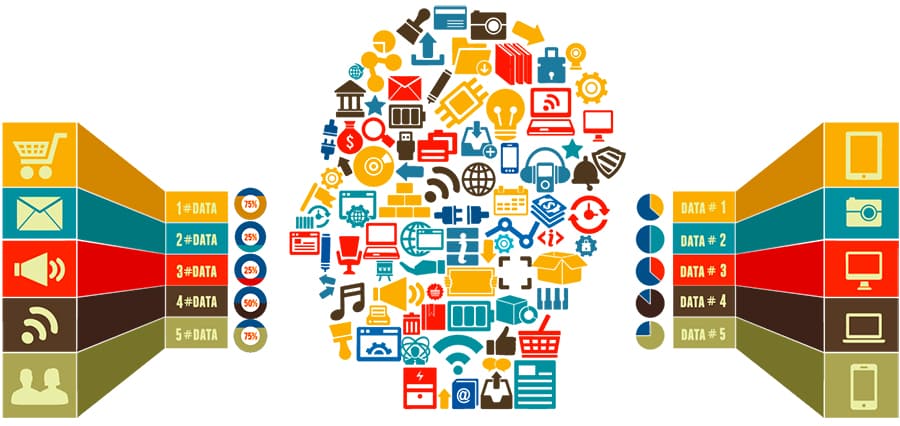
Sep 14, 2016
Economics and marketing have gone hand-in-hand for a long time. Economic theory assumes that consumers make rational, informed decisions about which products to buy. Behavioural economics explores why people sometimes make irrational decisions, therefore helping marketers capitalise on this by triggering this irrationality.
However, everyone knows that we, as humans don’t always make rational decisions.
At a time when more and more importance is put on data driven marketing to target the right consumer with the right product, to encourage them to make that ‘rational decision’, how can you be sure that a customer will make it?
You Can’t.
So how can marketers use Behavioural Economics to increase their success?
Here are 5 simple ways that every marketer can use Behavioural Economics:
1. Make Paying Less Painful
Every time a customer is considering purchasing an item online, they have the option to easily cancel and save their money. Customers are more likely to cancel if they feel more pain when parting with money.
So how can you reduce this and improve your conversion rates?
Behavioural Economic theory suggests that to a consumer, a ‘payment’ is a ‘loss’, and a loss is more painful when it is experienced immediately.
By introducing small delays in payments, it can soften the immediate sting of parting with your money and remove an important barrier to purchase.
2. Less Choice
By giving customers an overload of choices, it can actually deter them from buying an item at all.
Firstly, these choices make consumers work harder to find their preferred option, a potential barrier to purchase.
Secondly, a large amount of choice will evidently lead to a customer comparing their options by weighing up the pros and cons of each. Their preferred choice can become filled with a “negative aura” by highlighting its cons and can lead to a customer doubt.
3. Loss Aversion
Behavioural Economics suggests that consumers are more willing to take risks in order to avoid losing things, than to pursue gaining things. Studies have shown that people experience twice as much pain with a loss compared to the pleasure they experience by gaining something.
You can therefore increase the likelihood of a customer taking a risk by triggering their emotions if they feel that they will miss out.
4. Framing
How marketers frame choices, set the context and present information can influence consumers’ decisions.
It has been suggested that by including cheaper options in an advertisement can influence customer decisions. This can set a context for the product that you wish to promote by comparing it to lower quality products.
Marketers can increase sales by introducing products into the market that nobody chooses but nevertheless have effect on what people end up getting.
By introducing less desirable products, consumers are more likely to be attracted to buying the better quality product.
5. Social Proof
People tend to copy what others do, and the majority of consumers will wait for the ‘risk-takers’ to try something new and only then will they follow decide on a product, when there is proof of satisfaction from other consumers.
Very few people are comfortable being the risk-takers, which is why we would rather ask another person’s opinion of a website, before purchasing items from it. We want someone else to tell us that something is worthwhile before we take the risk.
So there you have 5 of many ways that Behavioural Economics can help increase your conversion rates in digital marketing.
In the wider scale, Behavioural Economics is still in the infancy of its studies and it’s likely to provide more unique insights in the future of how to attract customers.
So what should you do?
Give it a go, if you already haven’t. Do some testing to see if these ‘nudging’ methods work, and you might just see the benefit.
For More Blogs, Click Here.






